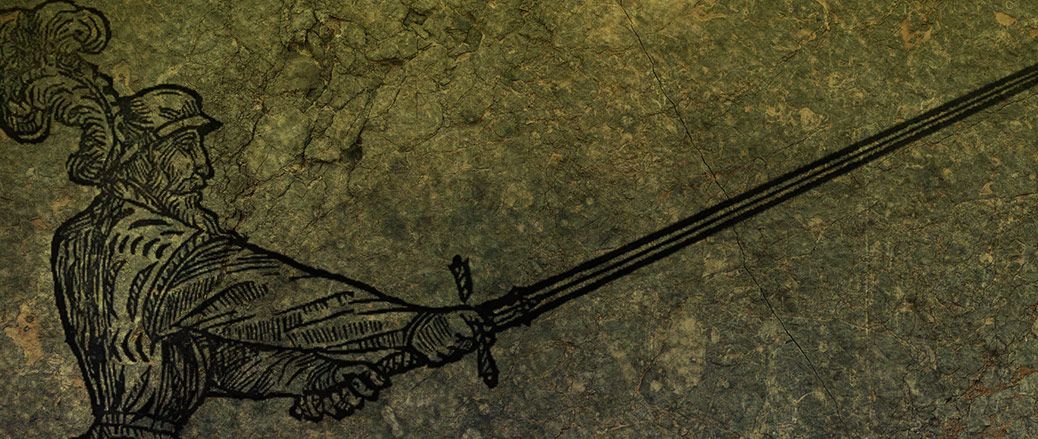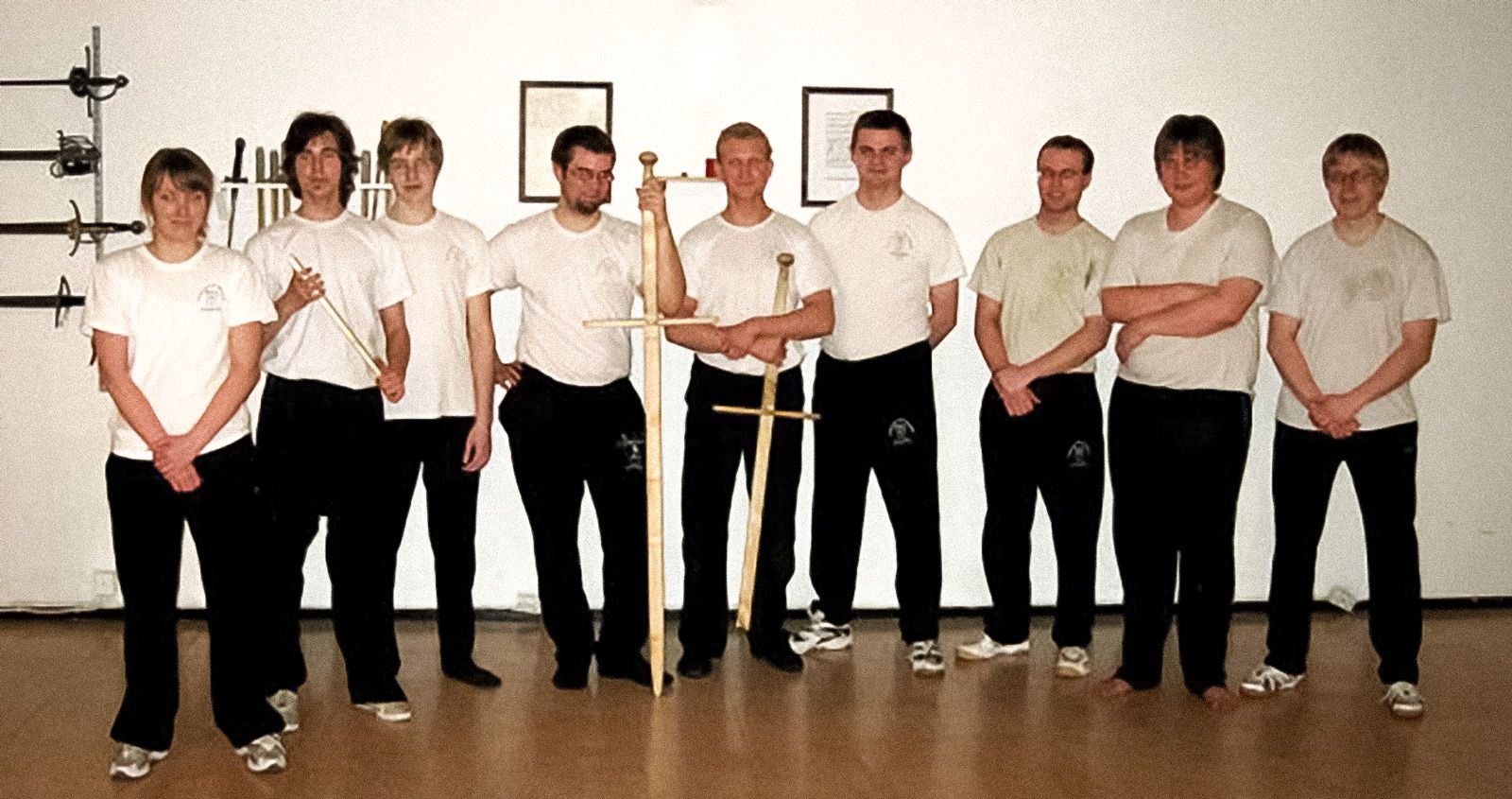
Spadone, or the proper spada di due mani, the 16th century two-handed sword is a curious part of the Italian tradition of swordplay. Descending from the slightly lighter and shorter sword used by Fiore dei Liberi and others, it came in various shapes and forms, for use in the battlefield, duels of honor, for display and to face other weapons of length and scale. Far in the 17th century masters of fencing were displayed holding the great two-hander, even if their texts no longer detailed its use. And without a doubt, a sword that reaches up to a man’s own height is a spectacular sight – especially when wielded with great speed and ease.
Achille Marozzo goes into more detail in the use of this sword than any other master, the amount of instruction he gives easily standing comparison against earlier longsword material of both the Italians and the Germans. Back that up with the fact that the same principles and general framework he lays down with the one handed sword apply, and you have an extremely complete and detailed system to study and practice.
Marozzo has been the very reason for the recent silence at this website that carries his name. Having been requested to run a seminar on the spadone for a sister group of our school, I have spent a lot of time studying the spadone. The seminar was held last Saturday, and below you can see a group photo. We did break one of the two spadone wasters we had, but isn’t that what wasters are for?

While Marozzo’s description of its use is the most complete, the spadone is also treated by the Anonymous Bolognese. It is simultaneously fortunate that he chose to discuss it at all, and unfortunate since much of what the structure of the text suggests is missing from the anonymous work.
Marozzo’s assalti of the two handed sword are complex and full of surprising and challenging actions, whose interpretation is not a straight-forward process: the beauty of the Bolognese tradition, or the styles described by the masters we today attribute as adhering to a common tradition, is that while some of the examples they give go beyond what would seem obvious, the most efficient or simple solution and thus challenge our thinking of how swords were used, they at the same time provide an extremely simple system that is useful and effective without having to understand every step of every assalto.
The very basis of the style supports a whole variety of different purposes, the same principles can be applied to teach a simple set of all-purpose defences and counters, and in case of an expert swordsman, or a professional needing a wide set of material to teach on, the principles easily provide enough powder for a life-time of study without turning everything to showmanship.
Demonstrations were certainly a part of the tradition, but even there the techniques seem to be such that they serve to render the fighter more subtle in their actions, enabling them to be creative with the weapons if they needed to.
I hope that in the near future there will be more chances for working with the spadone, as it truly is a great weapon. As an interpreter of the material from original sources, I especially enjoy knowing that, regardless of whether I will ever fix with one ‘correct’ interpretation, simply having a working physical interpretation of all the assalti and of majority of the techniques in my memory will feel like an accomplishment!